The art of crafting Wuhan hot dry noodles, or Re Gan Mian, is a culinary tradition steeped in precision and local pride. At the heart of this beloved dish lies the meticulous preparation of the noodles themselves—alkaline wheat noodles cooked to a precise seven-tenths doneness before being rapidly cooled, a technique known as "dan mian" . This seemingly simple step unlocks the texture that defines the dish: springy, resilient strands that cling to sesame paste and chili oil without turning mushy.
Walk into any bustling Wuhan breakfast alley, and you’ll witness chefs performing this ritual with near-religious devotion. The noodles—made with a higher ratio of alkali (typically sodium carbonate) than northern wheat noodles—are plunged into boiling water just long enough to set the structure. Timing is everything: pull them too early, and they’re brittle; a minute too late, and they lose their signature bite. The magic happens during the cooling process, where the par-cooked noodles are fanned out on bamboo trays and vigorously tossed while drizzled with oil, halting the cooking while creating a slightly tacky surface that later absorbs sauces beautifully.
This technique traces back to Wuhan’s history as a Yangtze River trading hub, where street vendors needed a way to prep noodles quickly during morning rush hours without sacrificing quality. The seven-tenths doness strikes a perfect balance—firm enough to withstand reheating in hot water when ordered, yet pliable enough to eat immediately. Locals argue it’s what separates authentic Re Gan Mian from imitations: the noodles should resist slightly when bitten, then release a wheaty sweetness that plays against the nutty sesame paste.
Modern food science sheds light on why this works. Alkali raises the pH of the dough, strengthening gluten networks for that quintessential chew. Par-cooking at seven-tenths doness preserves the noodles’ "starch skeleton"—just enough gelatinization to prevent sogginess when mixed with sauces later. Wuhan’s humid climate also plays a role; the rapid cooling prevents moisture buildup that would otherwise ruin texture. Some veteran chefs even judge doneness by sound—listening for the faint metallic "ping" as noodles strike the bamboo tray during tossing.
Beyond technique, the choice of wheat matters. Many masters insist on using mid-gluten flour from Hubei’s winter wheat, which develops proteins differently under the region’s unique temperature swings. The alkali—traditionally derived from burned reed ashes along the Yangtze—is now often food-grade sodium carbonate, but purists claim the original imparted a minerally depth. What remains unchanged is the theatrical serving style: noodles reheated for mere seconds before being dressed with sesame paste, pickled radish, scallions, and chili oil in a whirlwind motion that evenly coats every strand.
For Wuhan natives, the seven-tenths rule transcends cooking—it’s a philosophy. Like the city itself, these noodles walk the line between resilience and adaptability, between tradition and pragmatism. Every bite carries the rhythm of morning street stalls, the clatter of trays, and generations of hands perfecting a deceptively simple craft that turns flour and alkali into something unforgettable.
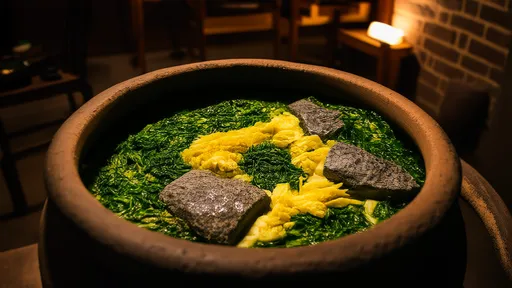
By /Jul 31, 2025
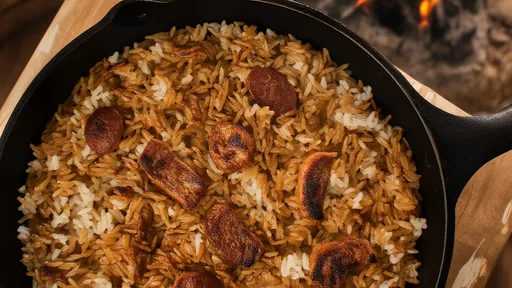
By /Jul 31, 2025
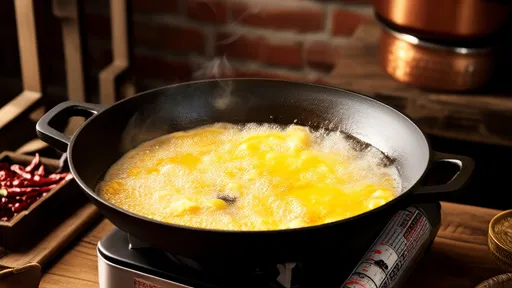
By /Jul 31, 2025
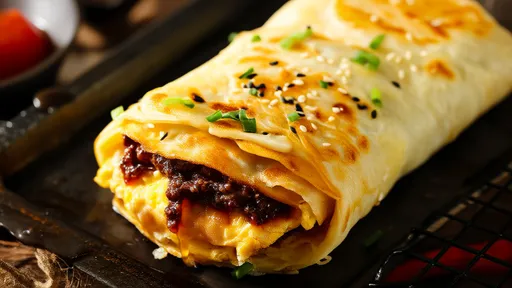
By /Jul 31, 2025
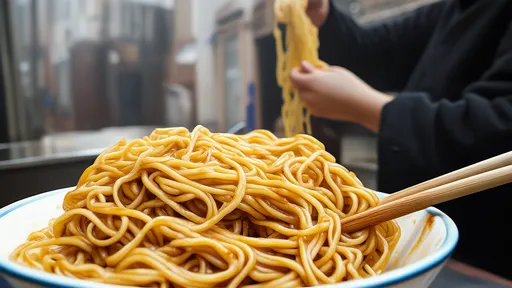
By /Jul 31, 2025
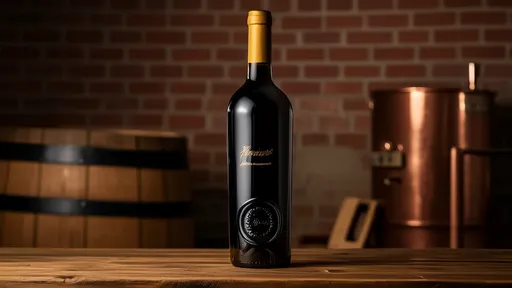
By /Jul 31, 2025
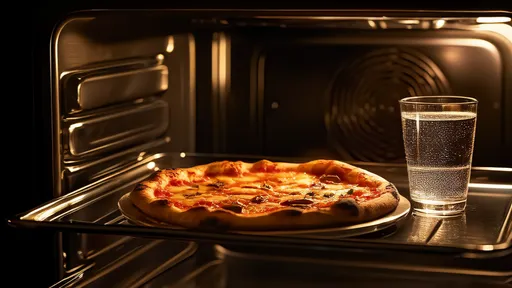
By /Jul 31, 2025
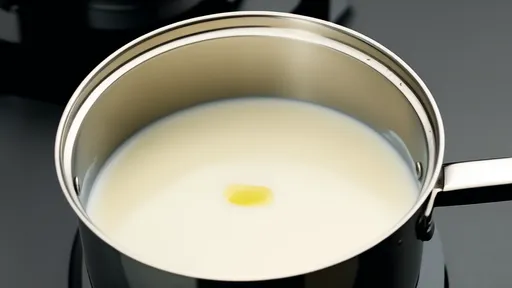
By /Jul 31, 2025
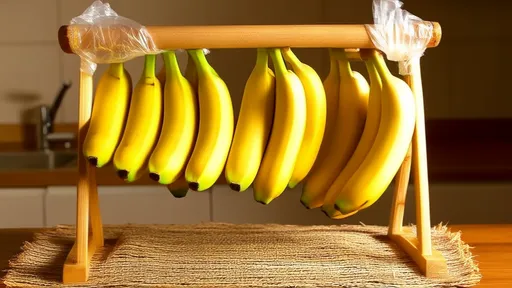
By /Jul 31, 2025

By /Jul 31, 2025
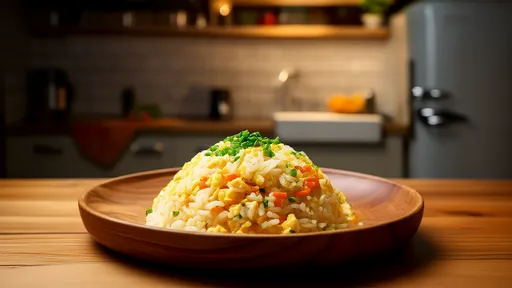
By /Jul 31, 2025
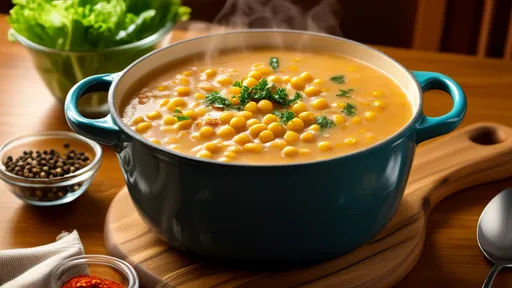
By /Jul 31, 2025
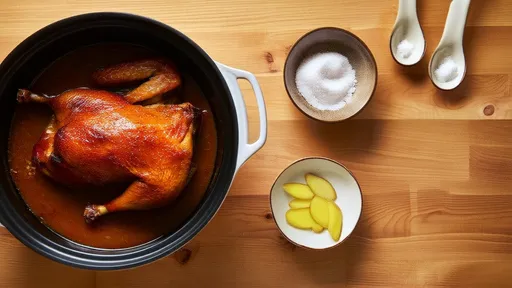
By /Jul 31, 2025
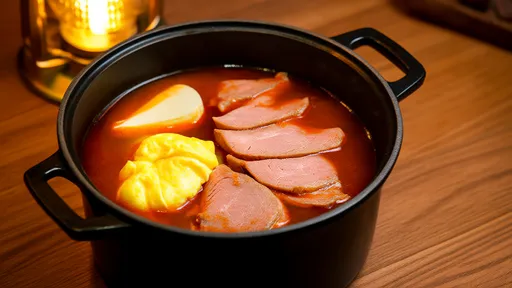
By /Jul 31, 2025
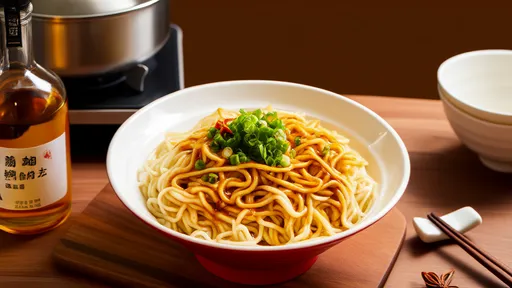
By /Jul 31, 2025
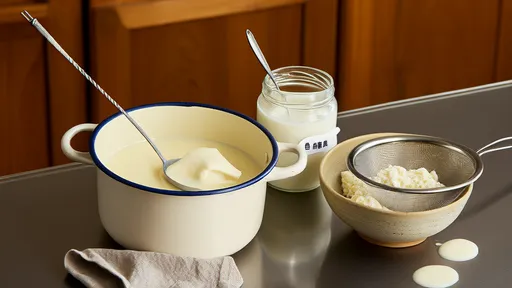
By /Jul 31, 2025
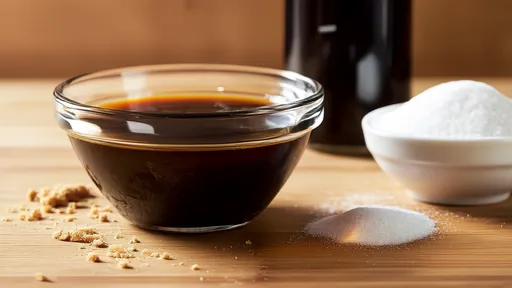
By /Jul 31, 2025
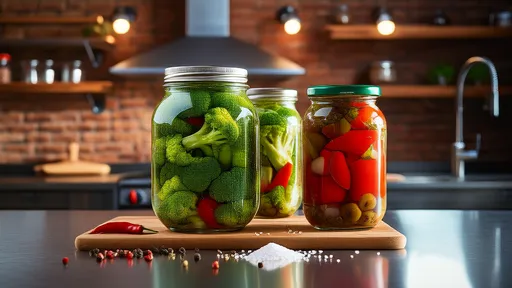
By /Jul 31, 2025
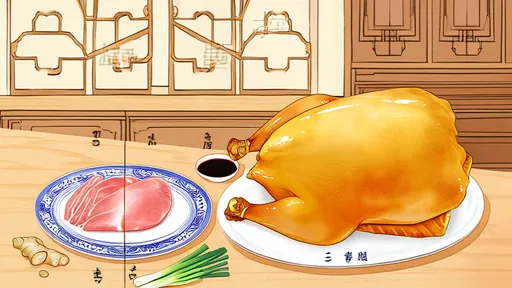
By /Jul 31, 2025
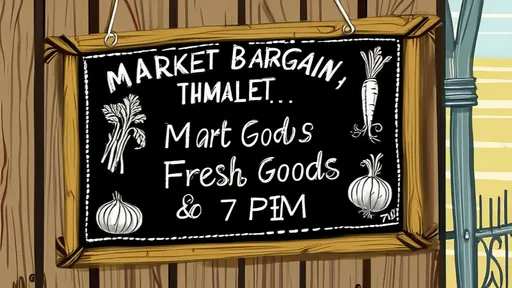
By /Jul 31, 2025